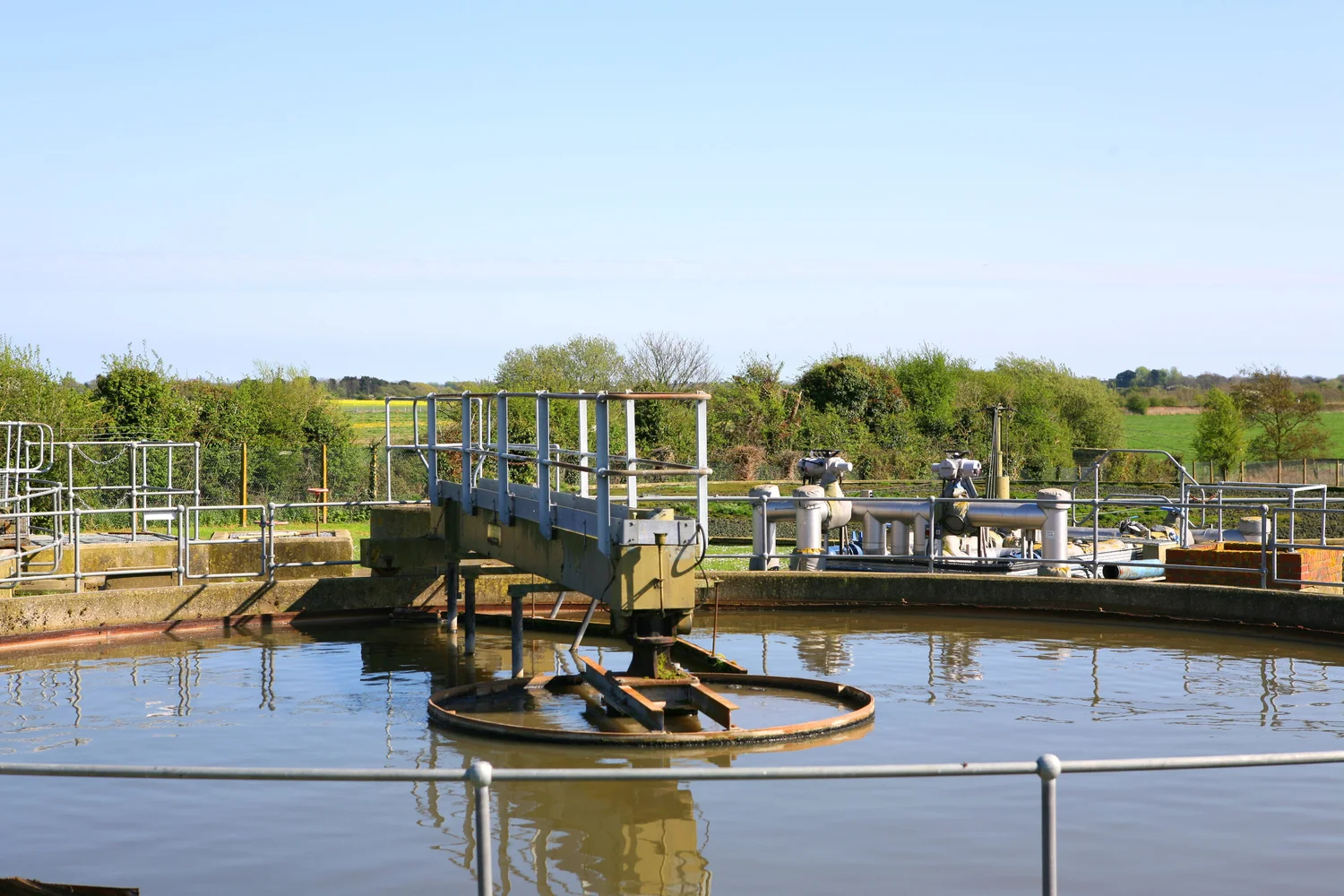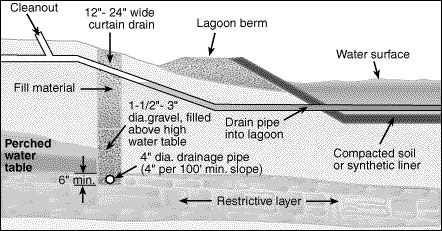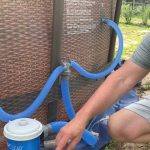Septic ponds are an essential component of a septic system, responsible for treating and disposing of household wastewater in rural or suburban areas where public sewage systems are not available. In this article, we will delve into the workings of a septic pond, its components, and the processes that make it an effective wastewater treatment solution.

Credit: www.omag.org
Components of a Septic Pond
A septic pond consists of several key components that work together to treat wastewater effectively. These components include:
- 1. Inlet Pipe: This pipe connects the household plumbing system to the septic pond, allowing wastewater to flow into the pond for treatment.
- 2. Septic Pond: The pond itself is a large, underground container where wastewater is held and treated through natural processes.
- 3. Outlet Pipe: Once the wastewater is treated in the pond, it flows out through the outlet pipe to be further dispersed or absorbed into the surrounding soil.
- 4. Baffles: These are barriers within the pond that help to separate solids from liquids, allowing for more efficient treatment of the wastewater.
- 5. Soil Absorption Field: After the wastewater leaves the pond, it enters the soil absorption field, where it is further filtered and treated by the natural soil.
How Does a Septic Pond Work?
Now that we understand the components of a septic pond, let’s explore how it works to treat wastewater effectively:
- 1. Wastewater from the household plumbing system flows into the septic pond through the inlet pipe.
- 2. Once in the pond, the wastewater undergoes a series of natural processes that help to separate solids, liquids, and organic matter.
- 3. Bacteria present in the pond begin to break down the organic matter in the wastewater, reducing its volume and converting it into simpler substances.
- 4. Solid waste settles at the bottom of the pond, forming a layer of sludge, while lighter materials float to the top as scum.
- 5. The treated wastewater then flows out of the pond through the outlet pipe, entering the soil absorption field for further treatment.
- 6. In the soil absorption field, the soil acts as a natural filter, removing any remaining impurities from the water before it is absorbed into the ground.
- 7. The treated water eventually re-enters the groundwater system, where it can be naturally purified through the soil’s filtration processes.

Credit: www.mosmallflows.org
Benefits of a Septic Pond
Septic ponds offer several advantages as a wastewater treatment solution, including:
- 1. Cost-Effective: Septic ponds are relatively low-cost to install and maintain compared to other wastewater treatment systems.
- 2. Environmentally Friendly: The natural processes involved in septic pond treatment are eco-friendly and do not require the use of chemicals.
- 3. Efficient Treatment: Septic ponds effectively treat wastewater, removing contaminants and pollutants before they enter the groundwater system.
- 4. Longevity: With proper maintenance, a septic pond can last for many years, providing reliable wastewater treatment for a household.
- 5. Self-Sustaining: Once installed, a septic pond operates using natural processes and does not require constant monitoring or intervention.
Maintaining a Septic Pond
Proper maintenance is crucial to ensure the longevity and effectiveness of a septic pond. Here are some tips for maintaining a septic pond:
- 1. Regular Inspections: Schedule regular inspections of your septic pond to check for any signs of damage or leaks.
- 2. Pumping: Have your septic pond pumped regularly to remove accumulated sludge and prevent blockages.
- 3. Avoid Harsh Chemicals: Refrain from using harsh chemicals in your household that can disrupt the natural processes in the septic pond.
- 4. Proper Disposal: Dispose of waste materials properly to prevent clogging and contamination of the septic pond.
- 5. Landscaping: Avoid planting trees or shrubs near the septic pond to prevent root intrusion and damage to the system.
In Conclusion
Septic ponds play a vital role in treating household wastewater in areas without access to public sewage systems. By understanding how a septic pond works and the importance of proper maintenance, homeowners can ensure the longevity and effectiveness of their septic system. With its cost-effectiveness, environmental friendliness, and efficient treatment capabilities, a septic pond is a reliable solution for wastewater management.





